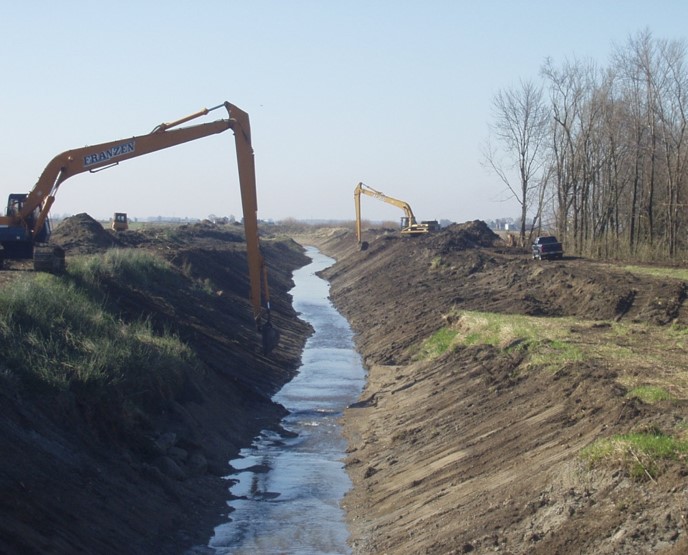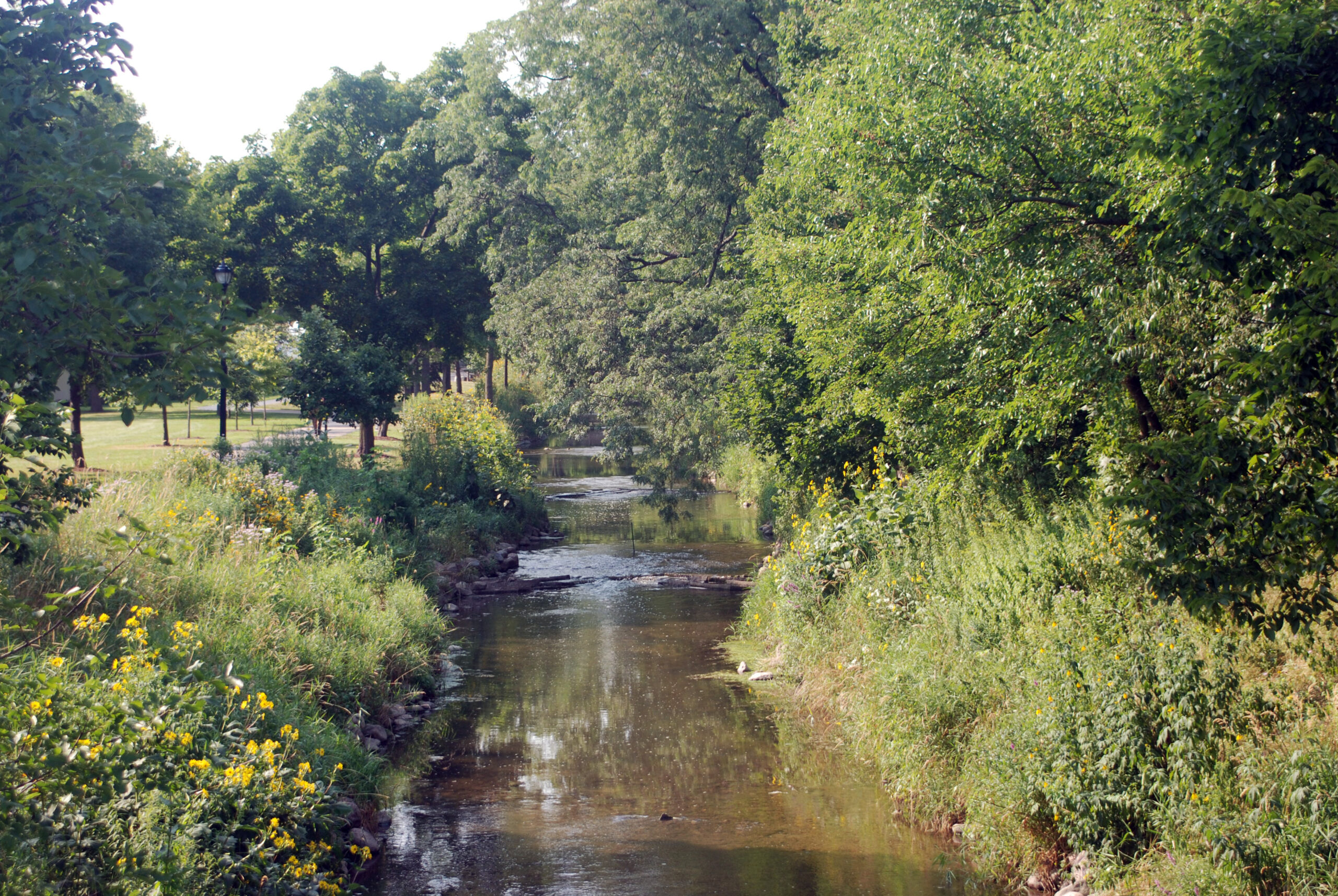Research in my group focuses on the morphodynamics of rivers (dynamic change in river form or morphology - see video to the right for an example!!) and the relation of river morphodynamics to human activity, ecosystems, biogeochemical processes, and river management. General descriptions of my specific research interests are listed below. List of publications can be found on my CV.
River Confluences
River Meandering
Human Impacts on Sediment Flux
Through participation in the IML-CZO and the new CINet project, our group is actively exploring how sediment fluxes in intensively managed landscapes (IMLs), particularly agricultural landscapes, have been affected by human activity. This work examines altered connectivity of flux pathways from uplands through river corridors in IMLs and how this altered connectivity has changed rates of sediment flux, amounts and locations of sediment storage, and remobilization of stored sediment.
Human Impacts on River Morphodynamics
Streams have been extensively modified throughout the midwestern United States through intensive management of urban and agricultural landscapes. The response of streams to these human impacts remains an active area of research for our team. Improved understanding of these impacts is directly relevant to river management.
River Naturalization and Management
Adverse consequences of human impacts on streams in agricultural and urban environments has led to efforts by government agencies to engage in management aimed at improving environmental quality. To assist in this effort we have engaged in integration of social science, natural science, and local knowledge to develop innovative methods for naturalizing streams that enhances ecological conditions, aesthetics, and geomorphological stability.
Bank Erosion on the Wabash River





